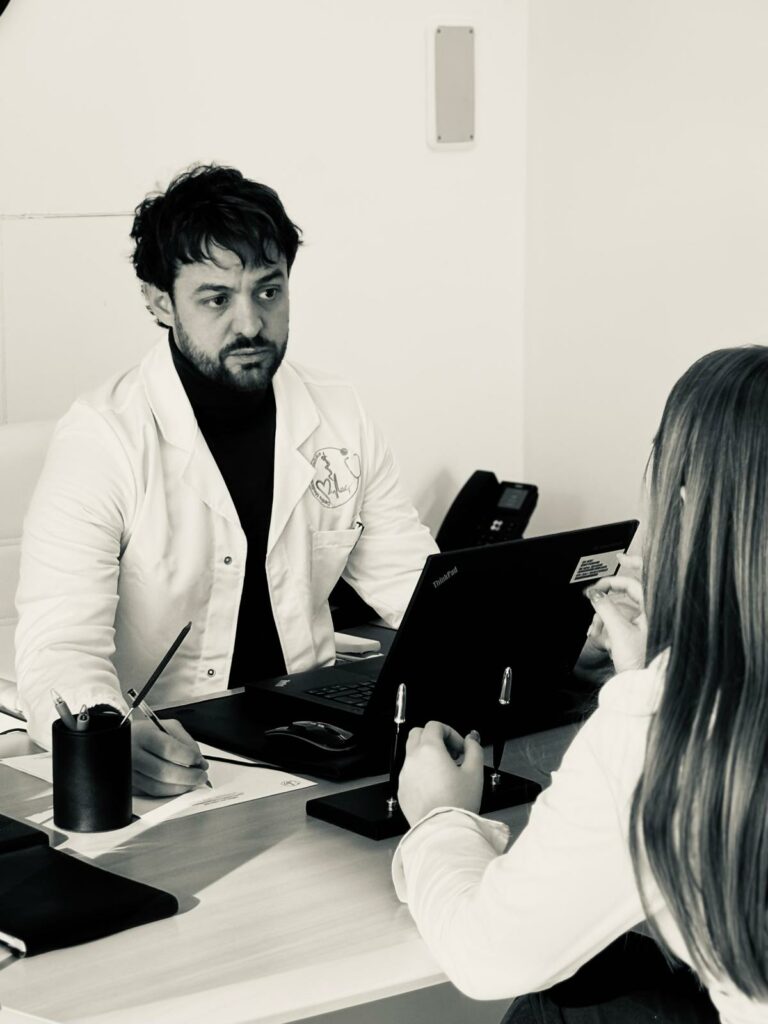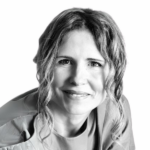Medical doctors and Surgeons
Skin cancer: talking about it is already the path to prevention
The skin is the largest organ of the human body. It plays a crucial role in protecting it from external damages. Melanomas, a type of skin cancer, originate from pigmented cells of the skin, the melanocytes. Prevention consists in identifying suspicious spots, by using sunscreen and constantly self-examining one’s skin, in order to guarantee timely treatment.
Dr. Andrea Lisa, plastic, reconstructive and aesthetic surgery specialist, has shared his vast experience in the field of cutaneous oncologic surgery. Having specialised in Milan and having worked in different renowned medical buildings, Doctor Lisa is especially interested in breast and cutaneous oncologic surgery.
Melanomas: are they melanocytes or not?
«The skin, as we well know, is the most extensive organ of the human body. Therefore skin tumours are the most frequent, both in men and women», explains the doctor.

When speaking about skin tumours it’s best to make distinctions. When diagnosing skin cancer, Dr. Lisa emphasises the importance of distinguishing between melanocytic and non-melanocytic tumours. He stresses the need to monitor changes in moles and to be wary of symptoms such as “not healing skin ulcers”.
«The biggest risk factor for this disease is of course exposure to the sun, being exposed to the sun prematurely can account for development of this type of tumours even in very young people» underlines Doctor Lisa.
Early diagnosis is crucial, and the dermatologist plays a key role in dermoscopic and clinical evaluation. In the case of skin cancer, like melanomas, changes in moles should be worrying. It’s important to look at genetic predisposition, but when talking about prevention, an early diagnosis is fundamental.
Influencer support
In some cases social-media and celebrities play an important role in prevention. Despite diseases becoming more and more spectacles, Lisa underlined the importance of sensitising public opinion.
« In a sense it’s good that they speak out about it, this way people start to worry – reasons the doctor – perhaps before they never would have thought of the disease as a possibility , but with, for example, Valentina Ferragni’s personal story of undergoing surgery to remove a skin tumour, people may become more aware and careful».
Therefore influencers, such as Valentina Ferragni, who shared her experience with skin cancer, can be helpful, as they contribute to overcoming taboos and pushing people to worry about their health.
The doctor went on to discuss the issue of scars caused by procedures for the removal of skin tumours. He meticulously explained the different techniques of reconstructing the skin, including flaps and grafts, emphasising the importance of a surgical approach in relation to the position and size of the lesion.
Normal life after a skin tumour
Doctor Lisa underscored: « post-surgery attention is fundamental for treatment following a skin tumour», highlighting the role massages play in favouring the healing process and reducing scars. He stressed how post-surgery management contributes to obtaining better scarring, reducing the inflammatory phase and promoting the remodelling of the tissue.
Throughout the interview, Lisa reinforced how, other than treating the disease, his focus was always the patient’s overall wellbeing. He recalled the evolution within the field of plastic reconstructive surgery, which has gone from being a purely resolution-oriented approach to being centred around the patient, trying to minimise the psychological impact through a better way of managing scars.
« Each patient is unique and requires a personalised approach», concluded the surgeon emphasising how reconstructive plastic surgery aims not only to remove the disease, but also to allow patients to get back to their normal life as close as possible to the way it was before the diagnosis.






































